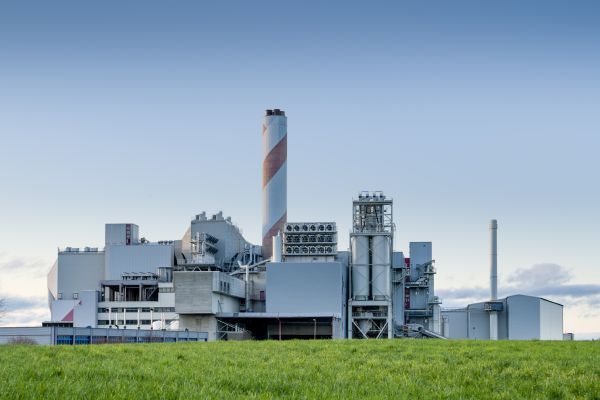What does the UK’s 2050 commitment to net-zero carbon emissions mean for oil & gas?
‘Put a tiger in your tank.’ - The public face of oil and gas looks very different today from the end of the last century, when this popular slogan reappeared. The UK’s 2050 commitment to net-zero carbon emissions will spur wider change, creating new sources of energy and new opportunities. Whilst as an industry, we can’t shy away from our responsibility to operate in a more sustainable manner, there has been misleading messaging and information that unfairly puts much of the blame for manmade climate change on the oil and gas sector.
The UK is the first of the G7 group to legally commit to reaching net-zero carbon emissions by 2050. Net zero means no greenhouse gas emissions or those generated being balanced by offset schemes. By amending the Climate Change Act, and leading the Paris pact, the impetus moves to exploring all greener energy options.
It is well known that many of the ways in which we sustain our economies, well-being and life, has an impact on the environment and the world is full of unintended consequences. In 1894, for example, cities were saved from the horse manure crisis that killed tens of thousands of people, by a booming automobile industry, which in turn emitted smog, carbon monoxide, and other toxins. In an effort to make the automotive industry greener, electric cars were introduced, however mining minerals such as cobalt, lithium and nickel is a high intensity process not without its unintended impact on health and the environment.
Whilst decarbonisation can seem complex, solutions for oil and gas are emerging. The industry has a clear role to play in moving towards a low-carbon economy.


The reality is that the UK will need its Oil and Gas resources today, tomorrow and beyond 2050. On the energy argument alone, renewable technologies have some way to go, especially with storage. When the wind stops blowing, a nation still demands power and increasingly so. The nuclear energy route is expensive, with several perceived barriers to further development. Then, there are the essential by-products of the petroleum industry to consider. From fertilizer to flooring, insecticides to perfume, and our pharmaceuticals. Aspirin, anybody?
Opportunities alongside the challenges
Whilst decarbonisation can seem complex, solutions for oil and gas are emerging. The industry has a clear role to play in moving towards a low-carbon economy.
It is essential to consider not only moving to renewable sources of energy, but also how to decarbonise. The industry has a significant target for reducing its emissions by at least 3.4 gigatons of carbon dioxide equivalent (GtC02e) a year by 2050 (Mckinsey, 2020, The Future is now: How oil and gas companies can decarbonize, January, 2020), according to McKinsey, there are three approaches the industry could consider. The first is optimizing its operations which require few process changes and results in a reduction of intermittent flaring, venting and fugitive emissions. The second involves implementing sustainable design choices which have a positive economic benefit. Finally, producers should start to re-balance their portfolios across the spread of emission intensity therefore preparing for possible risks from future policy scenarios and investment choices. (McKinsey, 2019, Toward a net-zero future: Decarbonizing upstream oil and gas opportunities).
Furthermore, according to McKinsey these approaches will depend on a range of factors such as, geography, asset mix (offshore versus onshore, gas versus oil, upstream versus downstream), and local policies and practices (regulations, carbon pricing, the availability of renewables, and the central grid’s reliability and proximity)


As a technical specialist, Vysus is committed to supporting the energy industry with its green initiatives. Recent work includes an in-depth, cross-disciplinary study for the Oil and Gas Authority (OGA). The UKCS ‘Energy Integration’ report explores upstream opportunities in UK waters to cut greenhouse gas emissions. This includes current possibilities through platform electrification and wider opportunities, which go beyond the now to support the UK’s 2050 pledge. Solutions include marrying oil and gas infrastructure and depleted fields with evolving carbon capture and storage (CCS) technology; costly at the moment, but may become less expensive in the future. The future may even see the industry move into hydrogen production and storage, or be part of integrated energy hubs with offshore wind farms. Cross-sector collaboration is key to future success.
These recommendations shouldn’t be restricted to the UK Continental Shelf, but explored globally. Speed is of the essence and many of these greener solutions must be embraced over the next decade or so to see a return on investment over a field’s remaining life. However, for large-scale projects or where fresh collaborations are possible these new ideas need to be built into field development plans. Rapid change will be required along with investment if businesses are to be successful.
The investment market and shareholders will increasingly place sustainability first as 2050 approaches, and it is this focus which will drive the Oil and Gas sector to effectively support the creation of a cleaner more sustainable future for generations to come.
Related Services
